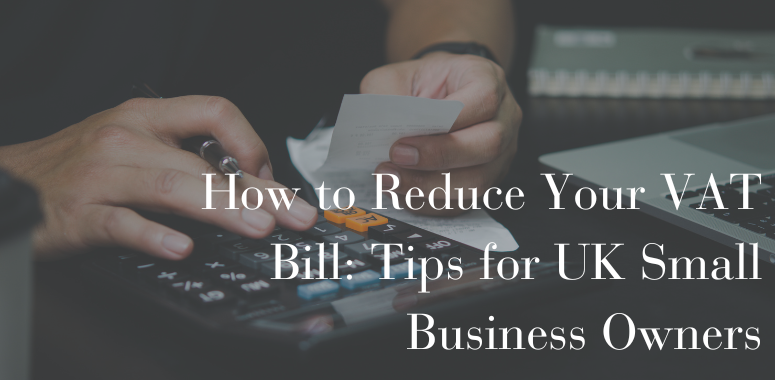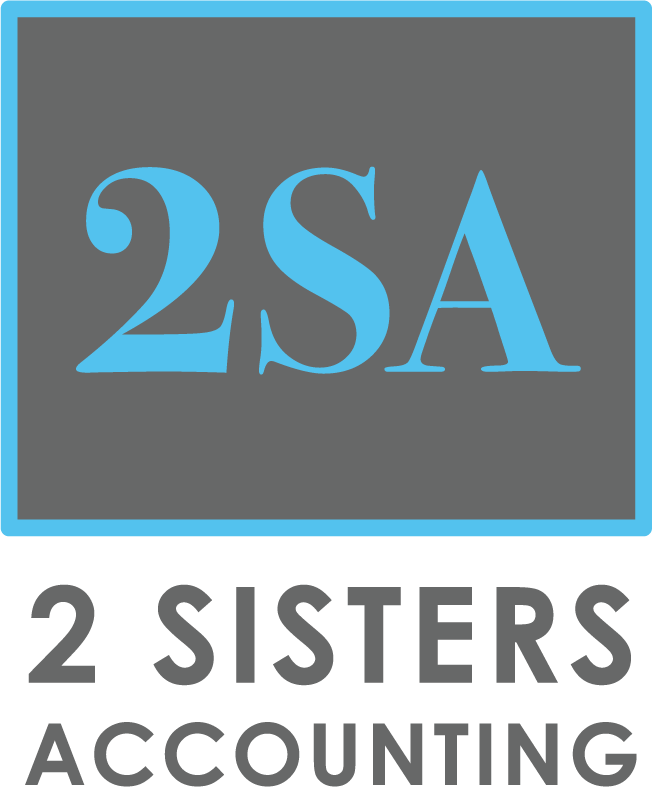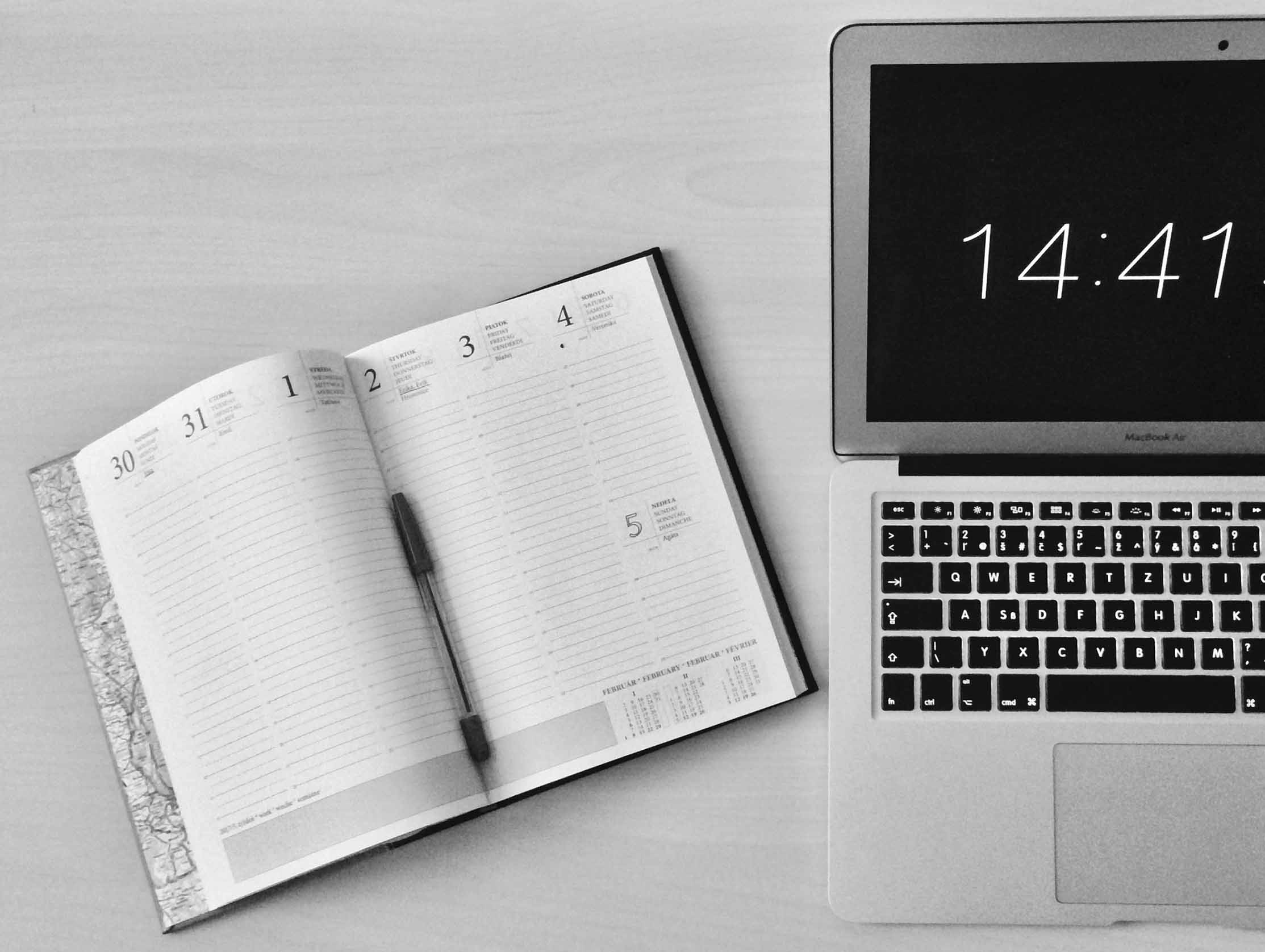
How to Reduce Your VAT Bill | VAT Tips for UK Small Businesses
How can I pay less VAT? How to pay less VAT is the question we hear almost every day. The most important thing to remember is that VAT is not your money. Once you become VAT registered, you’re essentially an unpaid tax collector for HMRC. The VAT you charge clients belongs to them, not you, so it’s best never to count it as part of your cash flow or income.
In this blog, we’ll share practical VAT tips for small businesses, show you how to reduce your VAT bill in the UK, and explain how to claim back VAT correctly. You’ll learn how to set your prices to protect your profit, manage VAT in your cash flow, and avoid common mistakes that could cost you money.
Understanding VAT and Why It’s Not Your Money
A lot of the pain around VAT bills is a mental one, based around business owners considering that money to be theirs. As soon as you think of VAT as a totally separate pot of money that is not yours it makes paying your VAT bills much easier.
How to Manage VAT in Your Business Cash Flow
Managing VAT well is all about mindset and structure. The biggest mistake many small business owners make is treating VAT like it’s part of their income. Once you’re VAT registered, you’re essentially an unpaid tax collector for HMRC. That money was never yours to begin with. If you can keep VAT entirely separate from the rest of your finances, paying your VAT bill becomes far less stressful.
Set Your Prices to Exclude VAT From Your Profit
Your prices should be set to cover your costs and desired profit margin, and then VAT is added on top. This ensures that your VAT liability doesn’t eat into your earnings. If you simply include VAT within your total fee without adjusting your base price, you’re effectively giving away part of your profit every time you invoice.
For example, if you charge £1,000 for a project, that’s your price before VAT. When you invoice a VAT-registered client, you add 20% VAT (£200) for a total invoice of £1,200. That £200 belongs to HMRC, not you, so building your prices this way protects your profit margin.
Move VAT to a Separate Bank Account Immediately
One of the easiest ways to avoid VAT bill shock is to move the VAT you’ve collected into a separate account as soon as it hits your bank. Treat it like it’s already been spent, because it has, just not by you.
Our own VAT money never sits in our current account; it’s hidden away elsewhere so it’s not something that features in our day-to-day thinking. This keeps our working capital figure accurate and means there’s no temptation to dip into VAT funds for business expenses.
With this approach, when the VAT deadline arrives, the money is already waiting, ready to be sent to HMRC, and there’s no scramble to find it. It’s a simple step that makes a huge difference to cash flow management and peace of mind.
How to Claim Back VAT Correctly
Naturally there is an opportunity to keep some of the VAT you’re collecting for HMRC by offsetting the VAT you are paying on your purchases.
Only Claim VAT You’ve Actually Paid
The key thing to remember here is you can only claim back VAT if you have paid VAT in the first place. That might sound obvious but as with everything tax wise, it’s never as simple as once you are VAT registered everything you buy has VAT on it.
What a VAT Receipt Needs to Show
The best way is to keep a receipt or invoice for everything you purchase. These need to be proper receipts, a card receipt won’t do. It needs to show what you bought, where you bought it from, the VAT paid and a UK VAT number. It also needs to be addressed to your company if you are a Limited Company.
That way you have everything you need to claim the VAT back. Best practice is that these are uploaded into your software and connected to the bank transactions, this makes for complete records and if HMRC ever asks for proof its ready in 2 clicks.
Common VAT Mistakes to Avoid
The complication comes in that not everything you purchase has VAT charged on it, and some things might look like they do but actually don’t.
Items You Can’t Claim VAT On
A list of the things we often see VAT claimed on incorrectly are train tickets, travel abroad, software subscriptions from companies based outside the UK, staff wages, dividends and insurance payments.
This is why uploading and checking receipts is so important. These will show you the VAT on a separate line and show a UK VAT number.
Foreign VAT vs UK VAT – The Dublin Software Trap
A number of companies like Google, Dropbox and Adobe have offices based in Dublin, their receipts may show VAT but this is not UK VAT. For companies like this if you enter your UK VAT number in your account settings they will no longer charge you VAT. But we cannot reclaim any tax they charge, as it’s not actually UK VAT.
Why Good Bookkeeping Reduces VAT Stress
When it comes to VAT, the more organised your records are, the easier life becomes. Good bookkeeping isn’t just about staying tidy, it directly affects how much VAT you can reclaim and how confident you feel when that HMRC deadline rolls around. (Read more about VAT on our blog here) Mistakes and missed receipts can cost you money, while unclear records can cause unnecessary stress if HMRC ever asks questions.
Use Accounting Software to Match Receipts and Transactions
One of the simplest ways to stay VAT-ready is to use accounting software that connects to your bank. This allows you to match each incoming and outgoing transaction with the relevant invoice or receipt in just a few clicks.
Having a complete digital record means that, if HMRC ever requests proof, you can find it instantly. No hunting through glove boxes or old email chains. It also makes it easier to see at a glance which expenses have VAT you can reclaim, and which don’t, before the VAT return is even due.
Work With a Bookkeeper Who Knows VAT Rules
VAT isn’t always straightforward. From foreign software subscriptions to insurance payments, there are plenty of grey areas that can trip you up. This is why working with a bookkeeper who understands VAT rules inside and out is worth its weight in gold.
An experienced bookkeeper will know the quirks, spot potential mistakes before they happen, and ensure you’re claiming every penny you’re entitled to, without claiming on things you shouldn’t. It’s a small investment that can save you a lot of headaches, time, and potential penalties later on.
The Truth About Spending to Save on VAT
So how do you reduce your VAT bill? By spending more money on things which have VAT charged on them. And in my books spending money to save money, especially when it comes to tax, rarely makes sense.
Make sure you are claiming everything you can as a business expense following the wholly and exclusively rule, keep all your receipts and upload these to your software regularly and remember that VAT isn’t your money to start with!
Get Professional VAT Support
Stop stressing over VAT deadlines and wondering if you’ve claimed everything you can. Let us review your books, fix any issues, and set up a simple system so your VAT bill is never a surprise again. Book your VAT review with 2 Sisters Accounting today and take the worry off your plate.

